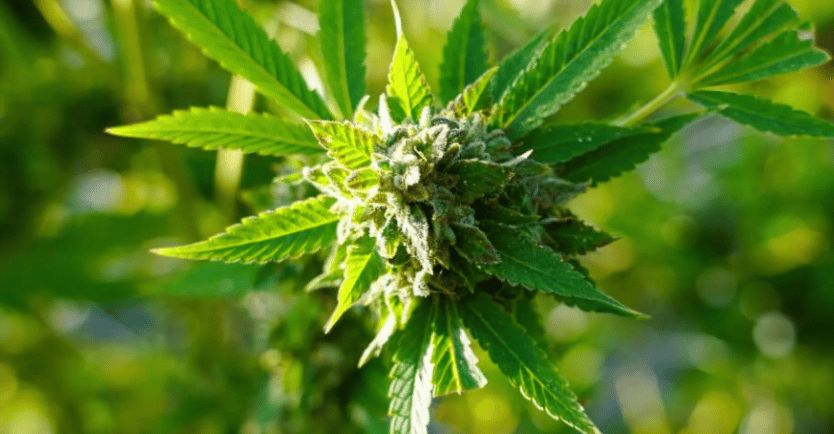Ensuring Safe Weed: Navigating the Risks of Contaminants in Legal Cannabis.
With the rise of cannabis use across the U.S., concerns about contaminants like pesticides, heavy metals, and mold are growing. This post explores the patchwork of state regulations and what consumers should know about the safety of their cannabis products.
HEALTH & WELLNESS
2/7/20251 min read


As cannabis use continues to rise across the United States, concerns about the safety of cannabis products are also growing. While cannabis is legal in many states, it is still not federally regulated, creating a patchwork of state regulations regarding the safety of marijuana. This post will highlight key insights into the safety of cannabis and the potential risks of contaminants, such as pesticides, heavy metals, and mold, that may be present in products on the shelves.
1. States Have Different Regulations on Contaminants
State regulators work to keep cannabis free from harmful substances introduced during cultivation and production, including pesticides, mold, bacteria, and heavy metals. However, with federal cannabis prohibition still in place, each state has its own standards and regulations. Some states may test for contaminants that others don't even monitor. Despite testing for more contaminants, research is still catching up, and it's difficult to determine which contaminants are most harmful to human health.
2. The Black Market Remains a Challenge
The black market continues to thrive due to the federal prohibition, with unregulated cannabis often grown in unsanitary conditions and without reliable potency guidelines. Even legal stores may inadvertently sell black market products, making it essential for consumers to research how their cannabis is sourced.
3. Easier Navigation for Consumers Ahead
Over time, as legal cannabis markets continue to evolve, experts believe that safer and more regulated products will dominate the industry, making it easier for consumers to select reliable cannabis products. The transition from illegal to legal markets may take years, but history shows that legalized markets will eventually reduce the black market.
4. Legal Weed Provides More Consumer Protection
In states where cannabis is regulated, products are more likely to be free from contaminants, as ongoing testing helps ensure safety. The uptick in product recalls in states like California and Maine reflects the effectiveness of regulatory systems, providing consumers with a greater sense of security when purchasing cannabis products.
While researchers are still examining the full effectiveness of these regulations, purchasing from a state-regulated store reduces the risks of harmful contaminants, making legal cannabis a safer choice for consumers.
Get in touch
Contacts
754-346-4421
book@drboorstein.com
